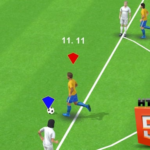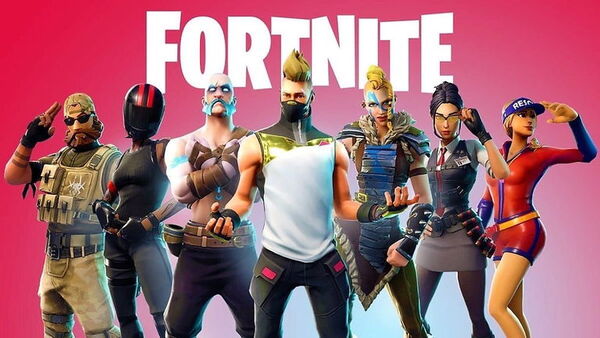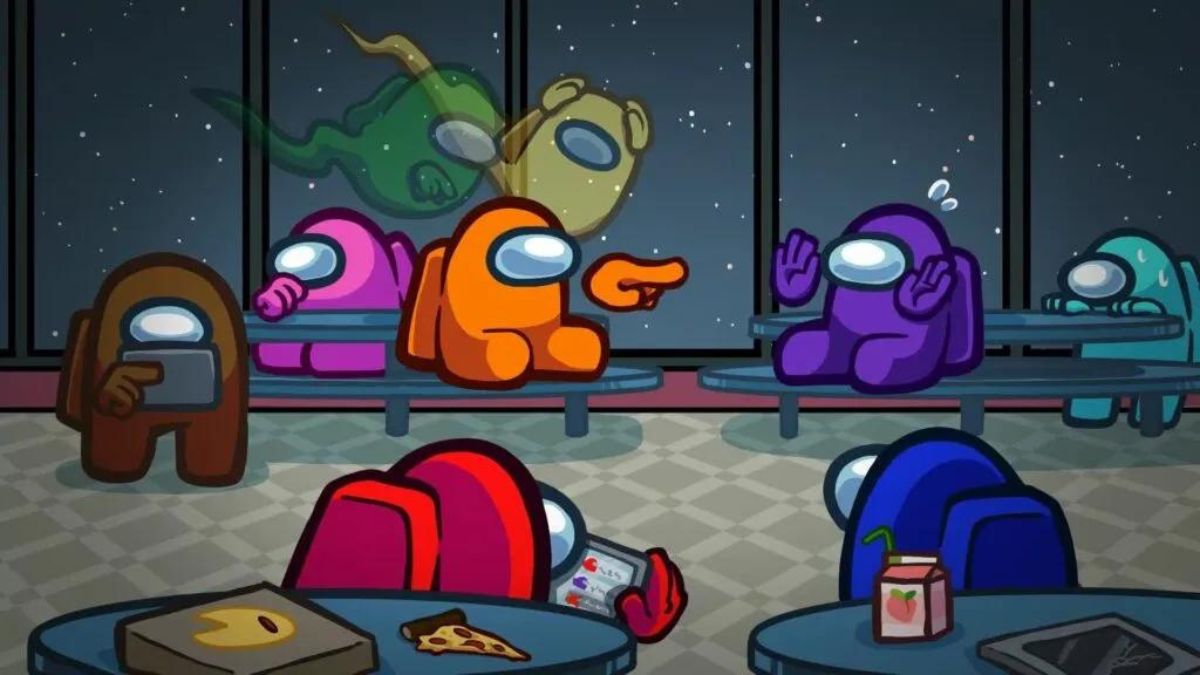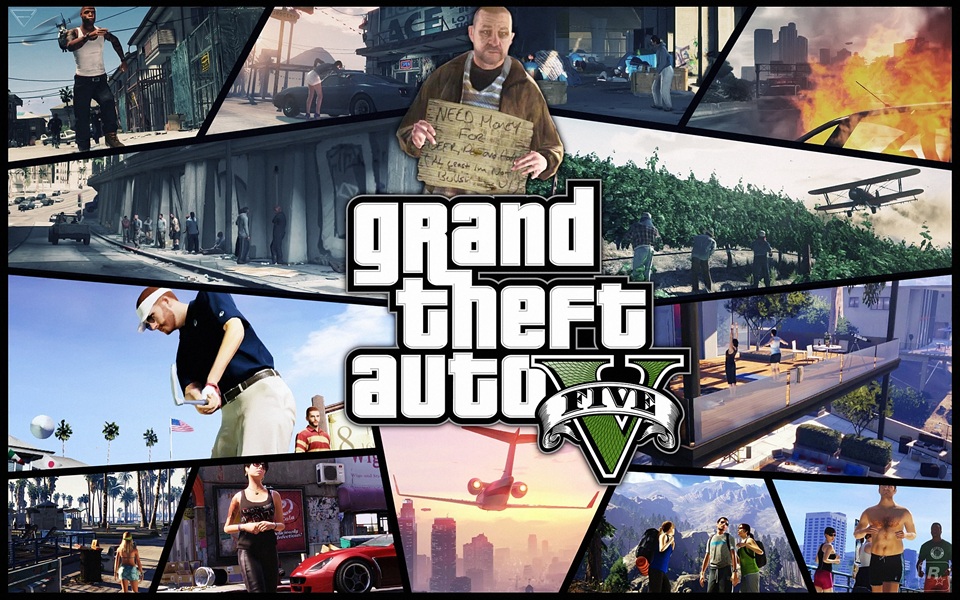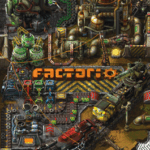Into the Dead: Our Darkest Days is a bold and emotional reinvention of the Into the Dead franchise, developed by PikPok. Unlike its mobile predecessor's endless runner gameplay, this new installment is a side-scrolling, narrative-driven survival horror experience set in a zombie-ravaged 1980s Texas. It shifts focus from arcade-style action to human survival, group management, and emotional resilience during the early days of a sudden undead outbreak.
With richly layered mechanics, permadeath tension, and real-time decision-making, Our Darkest Days challenges players not just to survive the apocalypse—but to lead a group of civilians, each with fears, pasts, and personal limits. Every supply run, encounter, or injury carries emotional and mechanical consequences, making this a survival game as much about people as it is about zombies.
This article dives deep into what makes Into the Dead: Our Darkest Days a standout title in the survival horror genre—from its grounded narrative to its punishing gameplay and innovative design.
1. The Premise: Houston, 1980s, Everything Falls Apart
Set during the initial zombie outbreak in 1980s Texas, the game begins in the city of Houston as chaos erupts overnight. You're placed in charge of a group of survivors, each randomly generated with distinct names, skills, and personalities. Your goal: guide them to safety across a devastated city.
The horror here is not just supernatural—it’s societal. Police have lost control, government broadcasts are breaking down, and the population is either fleeing or turning. The slow collapse of normalcy is conveyed through ambient audio, radio chatter, and the eerie emptiness of neighborhoods that were full just hours earlier.
This world feels real, lived-in, and tragic. It evokes the grounded fear of The Last of Us or State of Decay, but with a more personal lens focused on small group dynamics.
2. Side-Scrolling Survival Redefined
Unlike traditional third-person zombie games, Our Darkest Days unfolds in a 2.5D side-scrolling perspective. This design choice emphasizes claustrophobia and tactical movement. You guide survivors through homes, streets, and abandoned shops, each rendered with impressive depth and decay.
Players must carefully open doors, search furniture, move through crawlspaces, and silently avoid or take down the infected. The limited plane of movement increases tension—there’s no room to circle around a threat. Every hallway feels like a trap.
This side-scrolling system also allows for layered environments, where you can send different survivors into different rooms simultaneously, managing them from a semi-overhead tactical view. It’s a smart, resourceful use of perspective that benefits both horror and strategy.
3. Group Management: Each Life Matters
The game isn't about a single protagonist—it's about a group. Each survivor has unique stats like stamina, stealth, scavenging, and combat. But beyond numbers, they have traits: someone might panic when alone, or refuse to carry weapons, or have a past trauma triggered by blood.
These traits aren't just flavor—they deeply impact gameplay. A tired, frightened survivor might fail a stealth check and alert zombies. Someone with leadership traits may calm others or speed up actions.
You must choose when to rest, when to send someone on a run, and when to risk injury for supplies. Permadeath makes every decision heavy. Lose a skilled scavenger, and your team’s odds plummet. Lose a medic, and even minor injuries can become fatal.
4. Scavenging Runs: Desperation in Every Drawer
Scavenging is a core gameplay loop. Each day, you select locations to explore—abandoned homes, pharmacies, garages, or police stations. Supplies are finite, so you must balance risk and reward. Higher-tier loot exists in more dangerous zones.
You control each survivor directly during scavenging, sneaking past zombies, opening drawers, unlocking safes, or fending off attacks. Noise draws attention. Missteps are punished harshly.
Supplies include food, water, medicine, tools, and crafting materials. You must also collect morale items like books or radios to keep spirits high. Without hope, survivors lose the will to go on.
5. Combat: Violence Has Weight
Combat in Our Darkest Days is tactical and brutal. You can choose to stealth-kill zombies or engage directly, but each option has risks. Melee weapons break. Guns are loud and attract more infected. Injuries accumulate over time and require treatment.
There’s no combat for the sake of action. Every encounter is tense. Will you fight to reach medicine or retreat and conserve strength? Sometimes the best move is to sneak past and come back later.
The animations and audio sell the weight of violence. Killing a zombie isn't clean—it’s desperate, ugly, and personal. Survivors react with trauma, not cheers.
6. Base Building and Daily Survival
Your group’s shelter evolves with time. Each night, you return to your base—a house, warehouse, or makeshift safe zone—and manage supplies. You build beds, storage, crafting stations, and defenses.
You also assign tasks: one survivor might cook, another guard, another treat the injured. These decisions affect group health, morale, and long-term success. You can't just focus on one aspect—you need food, medicine, and emotional well-being to survive.
The stress of each night amplifies over time. Will there be enough to eat? Can you afford to take someone off guard duty to rest? Who sleeps, and who stays awake in the dark?
7. Morality and Narrative Choices
What sets Our Darkest Days apart is its moral complexity. You’re not a hero—you’re a leader trying to keep people alive, and the game forces hard choices.
You may encounter other survivors. Do you invite them in and share supplies, or turn them away? What happens when two of your own start fighting? Do you pick sides? Can you afford kindness when resources are scarce?
These narrative events unfold through dialogue and timed decisions. There are no “right” answers—only what you can live with. These moments elevate the game beyond mechanics into true survival drama.
8. Atmosphere and Presentation
Visually, the game strikes a balance between realism and stylization. The pixelated textures are layered with modern lighting, smoke effects, and dynamic weather. Rain-soaked alleys, flickering fires, and blood-streaked walls all look stunning in motion.
The audio design is exceptional. Background noise includes distant screaming, static radio transmissions, dripping pipes, and your survivors’ shallow breathing. The music is minimal—just ambient piano and synths that heighten despair.
The 1980s setting adds texture. Old TVs, VHS tapes, analog radios—all evoke a collapsing world without modern tools. The apocalypse feels uniquely grounded and believable.

















